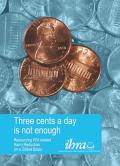Publications on People Who Inject Drugs (PWID)

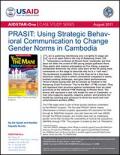
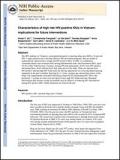

This paper is meant to provide a preview of law and policy on drug use and HIV in South and South East Asia, as it relates to interventions with people who use drugs. Besides cataloguing provisions relevant to people who use drugs and the availability of services for them, the paper flags concerns vis-à-vis health and rights of people using drugs that require further research and analysis. At the Consultation, the paper is expected to facilitate policy debate and advocacy with Parliamentarians.
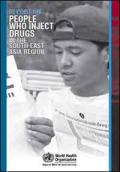
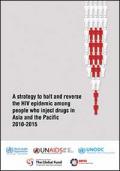
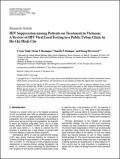
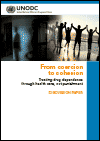
In responding to the problem of drug use, many countries have introduced severe penalties for drug use and related crime, which have resulted in large numbers of people in prisons, compulsory treatment centres, or labour camps without significant long term impact on drug use, drug dependence or drug-related crime in the community and are in contradiction with human rights. At the same time, the long term incarceration of a large number of people who use drugs is expensive.







